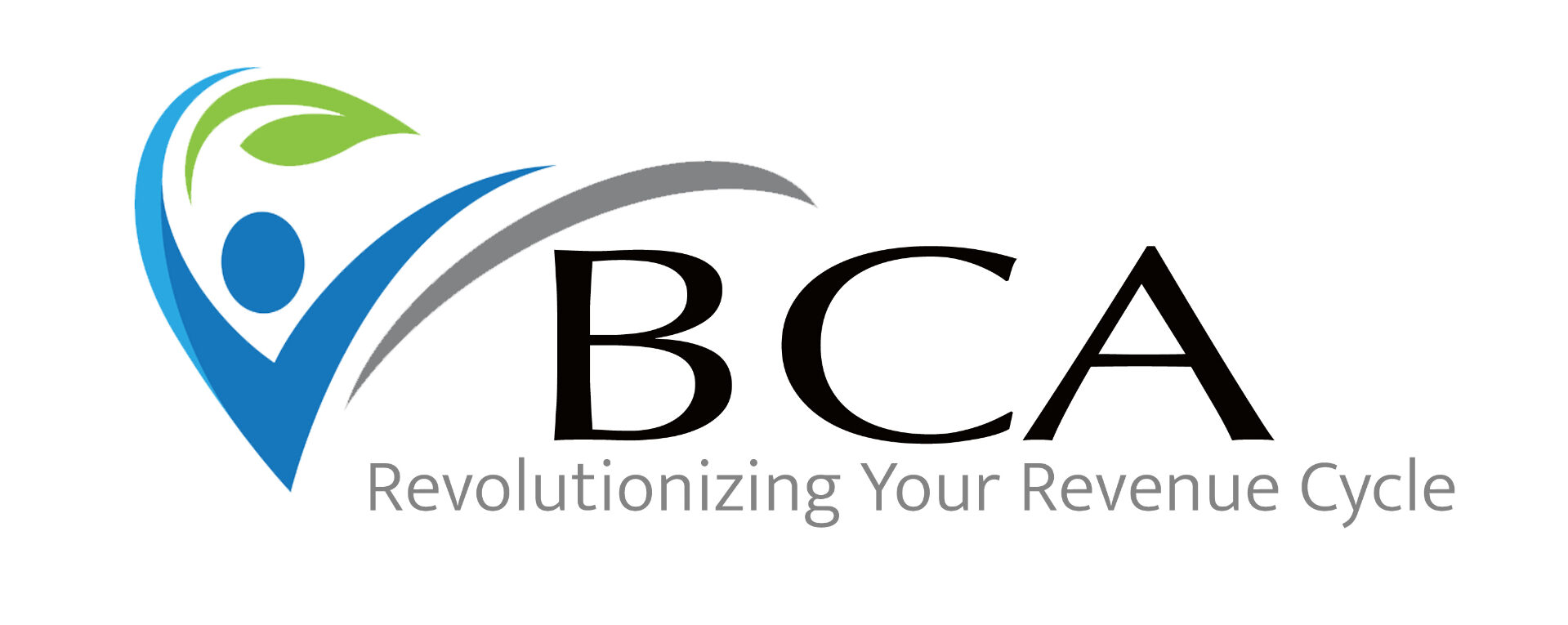In E/M coding, Medical Decision Making (MDM) reflects the complexity of diagnosing and managing a patient’s condition. One of the most common mistakes in Medical Decision Making (MDM) coding is misclassifying an “undiagnosed new problem” without considering the full definition:
“Undiagnosed new problem with uncertain prognosis.”
That second half—“with uncertain prognosis”—is not optional. It’s the key to appropriate scoring.
What It Means
The AMA defines an undiagnosed new problem with uncertain prognosis as:
A problem in the differential diagnosis that represents a condition likely to result in a high risk of morbidity without treatment.
This isn’t just about the problem being “new.” It’s about the clinical uncertainty and the potential for harm if it’s not worked up or managed.
Why It’s Often Overcoded
Many count any new symptom (like a rash or sore throat) as an undiagnosed new problem, but unless there’s clear documentation of diagnostic uncertainty and concern that not addressing it could lead to adverse outcomes, it doesn’t meet the threshold for moderate MDM.
Examples
- New chest pain requiring cardiac workup
- Sudden unexplained weight loss in a teen being evaluated for diabetes
- New neurological symptoms suggesting possible stroke
- Child with fever and joint pain potentially indicating autoimmune disease
Each of these examples reflects not just a new problem, but clinical concern for something serious.
Documentation Tips
To support this, document:
- Spell out the uncertainty – “Etiology unclear,” “Diagnosis pending,” “Differential includes…”
- Describe potential risk – “Concern for X if untreated,” “Risk of progression if not evaluated promptly”
- Document your plan – Labs, imaging, specialist referral, or close follow-up
Pro Tip: Avoid vague terms like “monitor” or “rule out” with no explanation—these don’t support complexity unless your thought process is documented.
MDM Scoring
An undiagnosed new problem with uncertain prognosis contributes to moderate MDM in the Number and Complexity of Problems Addressed element.
When paired with data review or moderate risk management (like ordering advanced imaging or initiating treatment), it can justify E/M level 4 or higher.
Bottom Line
It’s not enough for the problem to be new.
To meet the MDM threshold, it must be new, uncertain, and potentially serious.
Document your clinical reasoning. Show your concern. Support your score.
Next in the Series:
August 19 – Self-Limited Problems & Stable Chronic IllnessesSign up for our mailing list and follow along for more Back to Basics insights.
Sign up for our mailing list and follow along for more Back to Basics insights. http://eepurl.com/ihek1L
